Most professionals would love to find more time in the day —time to get to think strategically, time to mentor and build relationships within their team, and time to learn new skills. Yet these intangibles, which have significant business value, rarely make it to the top of the priority list because of an ever-shifting list of priorities and tasks to complete.
To gain more control of your work to find time for strategic thinking, mentorship, and developing new skills, you should evaluate your work management tools for their benefit versus their costs. If you’re a project manager or a leader within your team, it’s not enough to have a gut feeling about your needs for a tool, you’ll typically need to quantify it to gain support and make a change (if needed). To do so, we recommend focusing on the ROI of your current systems versus the opportunities of a new system.
What is ROI?
Return on Investment (ROI) is a performance measure used to evaluate the efficiency or profitability of an investment or compare the efficiency of a number of different investments. ROI tries to directly measure the amount of return on a particular investment, relative to the investment’s cost.
Whether you’re looking to compare different options or are simply making the case for your own project management tool, you’ll need to do the following in order to understand the ROI for your project management tool:
⓵ Understand what your current solution (or lack thereof) is costing you.
⓶ Calculate all the costs associated with adopting a new tool
⓷ Forecast new opportunities

Understand the Cost of Your Current Solution
This step is critical to understanding if there is value in adopting a new program. Start by counting the costs associated with your current solution. Consider the following categories:
•Inefficiencies: where is your team doing manual work, repetitive work, or wasting time with outdated tools and inefficient workflows? Estimate the number of hours lost each month and assign a dollar value to this.
•Scalability: your current solution is working for you now at your team’s current size and workload, but if your team was asked to take on a larger, growth-oriented initiative, would your solution still work for you? It can be difficult to calculate the opportunity cost associated with not having the right tool, but start by thinking about your company’s 1-3 year goals and assessing the value in your team meeting or surpassing those goals. Assign a dollar value to this.
•Team Culture: Companies with high employee engagement are 21% more profitable. If your current systems don’t help keep employees in the loop on what’s going on and give individual team members something to be proud of, this will ultimately hurt your bottom line. Based on your overall marketing budget, assign a % that reflects the cost in your team.
•Work Quality: for some types of work, just showing up and checking the box will achieve the same result, for marketing and creative teams, however, creativity and quality work can transform your company from small and niche to a booming business with a waitlist for your goods and services. Calculate the opportunity associated with having really successful outcomes each month.

Calculate the Cost of Adopting a New Tool
While understanding the monthly fee is an important first step in the process, it’s also essential to understand other costs — internal and external.
• Implementation cost: this starts with understanding what if any fees the software of your choosing has in place to help your team adopt the new software. Note: implementation charges from the company should not necessarily be a deterrent! This fee can indicate that the company is dedicated to your success and will walk through other challenges with you.
• Training and time: depending on the size of your team and the complexity of your projects, rolling out an entirely new tool will require significant investment on your part, so be realistic in calculating the commitment
You can calculate the business value of software adoption based on these two concepts alone and you’ll likely find that the costs for not having a project management tool already outweigh the costs of adoption. But, another important step to consider is the future opportunities your team and organization may have as a result of successful project management.

Forecast Your Future
Imagine a world where your team wasn’t bogged down or burned out. You could see directly into their workload, assign appropriate projects, and hold each other accountable to results. What could your team accomplish?
A few results that RoboHead customers have experienced:
• $4 million saved by bringing more projects in-house vs. outsourcing
• 25% increase in productivity YOY
• 10x marketing team growth due to understanding KPI’s and project focuses
• Smooth product launches
• Successful advertising campaigns
• Harmony between marketing and outside departments
• Happier, more engaged employees
Your company, team, and goals are unique and so is the ROI that you may experience. Talk to an expert today to learn more about the value that a new project management tool can bring to your organization today.
